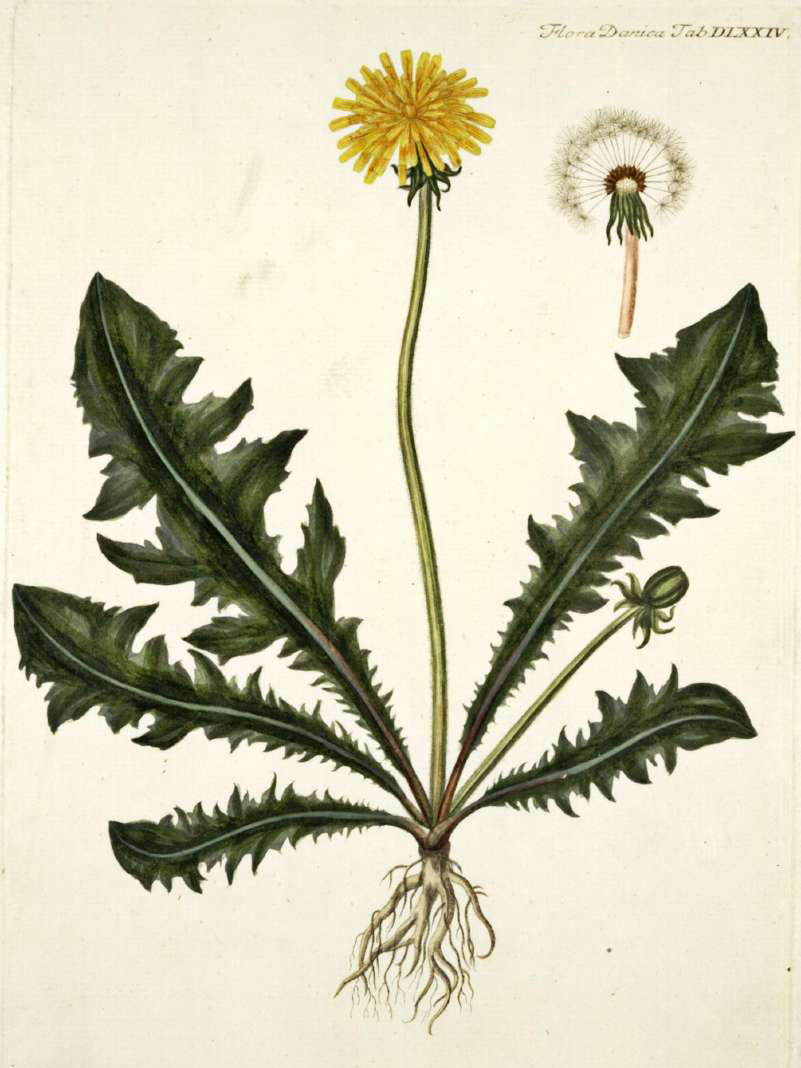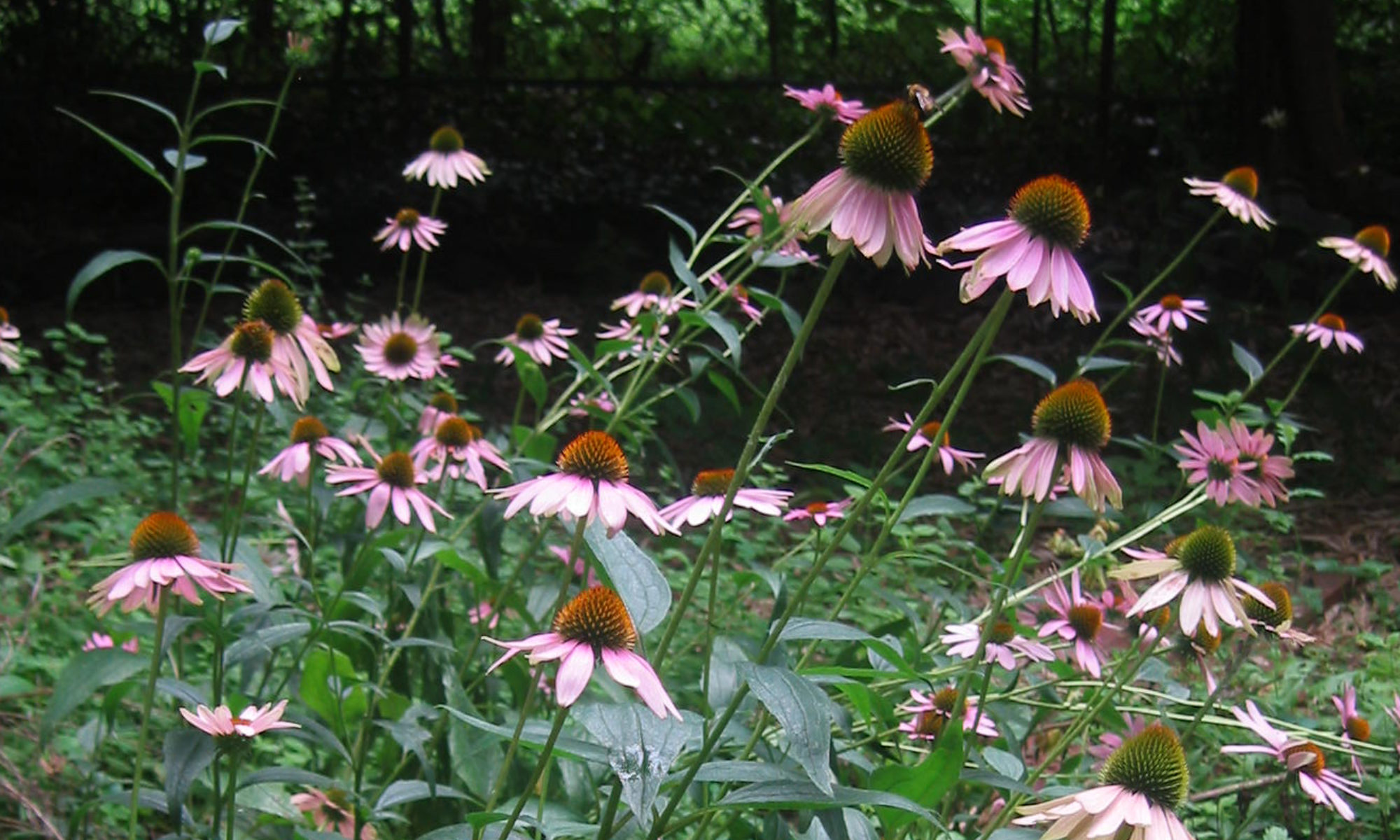DOMESTIC MEDICINE

Diagnosis, prescription, medicine-making, and care of the sick have never been solely the province of licensed professionals. Even today, before we call the doctor or go to urgent care, most people try some self-dosing, whether with honey and lemon, dandelion tea, commercial herbal remedies, or chemical over-the-counter products from the drug store. Spouses and parents count rudimentary nursing as part of their commitments.
Before the 20th century, people diagnosed and dosed themselves for minor afflictions in many of the same ways we do today. They cleaned and bandaged small wounds and treated themselves for aches and pains, coughs and colds. But they also suffered from some different ailments. For people doing hard physical labor on farms, in factories, or in homes with open fires, bruises, muscle strains, and burns were everyday events that called for liniments and salves. People with no access to fresh vegetables through the long winter addressed digestive problems with tonics.
Self-dosage and family-based care with individual plants and with proprietary or “patent” medicines (most of them herbal) was most Americans’ initial treatment, and it was more likely than now to be their only treatment. Many people relied on domestic medicine because, in a primarily agricultural nation, they lived far from doctors. Others regarded physicians with skepticism, thanks to practices like bloodletting and the use of mercury, and because many diseases were then uncurable. Above all, for most circumstances, most people considered physicians prohibitively expensive, in an age with no health insurance. “‘No use going to a doctor,’” Ladies’ Home Journal editor Edward Bok portrayed patent medicine buyers arguing; “‘we can save that money,’ and instead of paying one or two dollars for honest, intelligent medical advice they invest from twenty-five to seventy-five cents for a bottle of this, or a box of that.” But the difference between a quarter and two dollars meant more to most people than it did to a successful magazine editor, and one or two dollars in 1904 when Bok wrote is equivalent to hundreds now.

Without antibiotics, modern hospital equipment, or vaccines for diseases other than smallpox, people did not expect quick cures. Many patients stayed in bed at home for long periods of time, while life continued for the rest of the household. In his memoirs, a Georgia governor described becoming “dangerously ill” in 1839. He was in bed for months, cared for by his wife, who had long lanced his tumors and cut out his decayed teeth. While he was bedridden she had the assistance of two doctors, their wives, and presumably (though he doesn’t mention them) some enslaved domestic workers, but his description suggests that nursing was her main occupation while he struggled for his life. Beth’s fatal illness in Little Women was particularly tragic, but a sister in bed was unexceptional. Measles, mumps, chicken pox, and other childhood diseases were common in American households until the 1960s, and scarlet fever (which killed Beth) was common until large-scale production of penicillin after World War II. For most women, caring for the sick was as much a part of housework as laundry or cooking.

Caregivers sought written instruction in almanacs, women’s magazines, farm journals, and the many self-help manuals that went through dozens of editions throughout the nineteenth century, including William Buchan’s Domestic Medicine, John C. Gunn’s book of the same title, A.W. Chase’s Dr. Chase’s Family Physician, and Beach’s Family Physician and Home Guide by Wooster Beach, the founder of the Eclectic school of botanical physicians. As medical historian Charles Rosenberg suggests, the popularity of these books is significant to the history of medicine. In addition to the many volumes issued by regular publishing companies, many manuals on general domestic health care were published by patent medicine companies, which also put out countless pamphlets with instructions for treating specific ailments.
Medicinal plants were recommended in books, administered by relatives, and prescribed by licensed doctors and uncertified practitioners, many with considerable experience. Prescription coexisted with self-medication and herbal commerce with backyard medicine; people used what would now be considered mainstream and alternative systems simultaneously.

RESOURCES NOT LINKED ABOVE
Edward Bok, “The ‘Patent-Medicine’ Curse,” Ladies’ Home Journal (May 1904), p. 18.
George Rockingham Gilmer, Sketches of some of the First Settlers of Upper Georgia, of the Cherokees, and the Author (Americus, GA: Americus Book Company, 1926), 384-385, 440-442.
Charles E. Rosenberg, “Medical Text and Social Context: Explaining William Buchan’s Domestic Medicine,” Bulletin of the History of Medicine 57 (1983), 22-42; see also Rosenberg’s introduction to Gunn’s Domestic Medicine: A Facsimile of the First Edition (Knoxville: University of Tennessee Press, 1986).
Norman Gevitz, “Domestic Medical Guides and the Drug Trade in Nineteenth-Century America,” Pharmacy in History, 32 (1990), p. 52.
